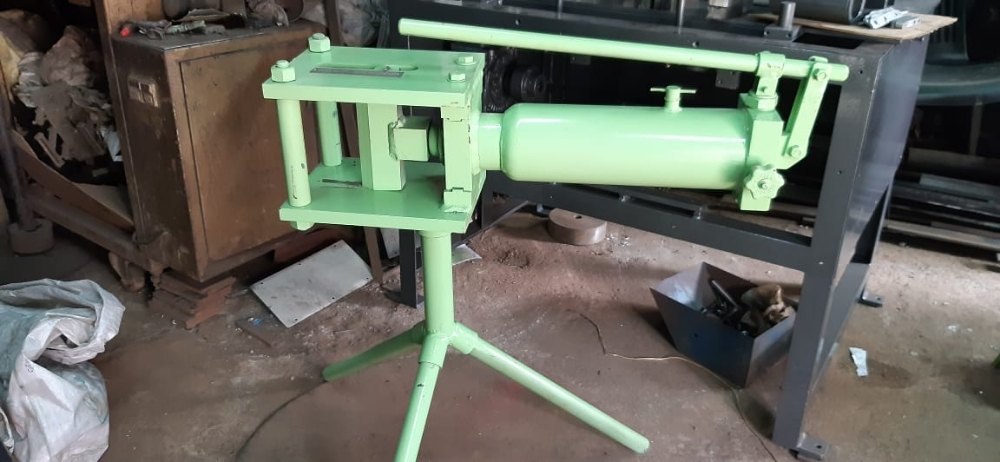This mask serves a dual purpose: it protects the copper best pcb manufacturers in china traces from oxidation and provides color-coding for the different layers, aiding in assembly. Silk-screening is often used to apply component labels, making it easier for technicians to identify and place components accurately.
The last step in PCB fabrication is the drilling of holes for components and vias. These holes are precisely located based on the design and are essential for connecting different layers of the PCB. Modern CNC drilling machines ensure accuracy and speed in this process.
As technology advances, PCB fabrication has seen significant developments. Smaller and more densely packed components have led to the use of high-density interconnect (HDI) PCBs, which feature microvias and finer traces. Surface-mount technology (SMT) components have become prevalent, reducing the need for through-hole components and enabling more compact and lightweight PCB designs.
In conclusion, PCB fabrication is a critical component of modern electronics manufacturing. It involves a series of precise steps, from design to material selection, copper deposition, solder mask application, and drilling, all of which impact the final product’s functionality and reliability. With advancements in materials and manufacturing techniques, PCBs continue to evolve, allowing for smaller, more powerful, and innovative electronic devices that drive our connected world.




